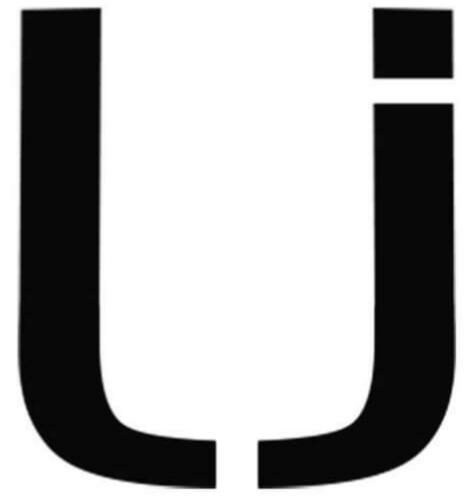An Introduction to the Basics of Leather
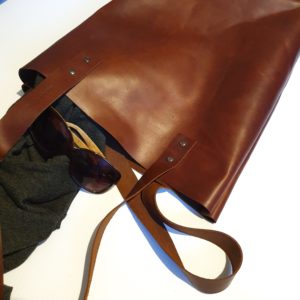
So you are on the hunt for a new leather handbag, or perhaps a new lounge suite. The amount of things that can be made from leather is truly remarkable. Its characteristics are unmatched by any other material in my opinion. This is where it can get tricky! How do you know that you are buying a quality leather product and not some cheap knock off ?
The knowledge base around leather is so vast. I think you could devote your whole life to learning about leather and still not know everything. From species to grain, tanning process to finishes, every hide is different and unique. Each one special in its own way. I’m still learning about leather but thought I would share with you some of the basics to help you out when you are purchasing leather goods.
The best place to start is by explaining the different kinds of leather. This is the basics so at least when you go into a store or look online you can get a better understanding of what it is you are looking at.
So to put it simply, there are four main kinds of leather. Lets look at a cow hide to explain it more easily.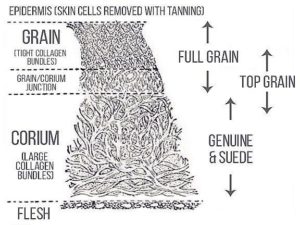
Cowhide is made of two main layers. The corium and the grain. The grain is the top part of the hide, it then transitions through to the corium. This bit might sound boring but its important!
The corium is packed with collagen fibers which change throughout the thickness of the hide.
At the bottom they are thinner and more loosely packed. As they travel up towards the grain they become thicker, more densely packed and therefore stronger. The corium becomes thicker and stronger with age which is why calf and lamb skin is softer than the hides of older animals.
Now the top part of the grain is the surface of the hide and is the part that is exposed to the elements. This means blemishes, scratches, stretchmarks and even hair follicles can be seen. Sometimes they buff the surface of the leather to remove these marks to give a more uniform appearance.
So now that you get an idea of the make up of a hide lets dig a little deeper.
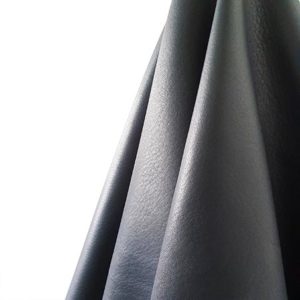
Leather Grades
There are four general grades of leather
- Full Grain
- Top Grain
- Split Leather
- Bonded Leather
Full Grain is leather with all of the grain intact. Even though it may have blemishes or imperfections this leather is considered the best, is more sought after and more expensive because only the best hides can be used. It offers the most longevity and durability of any leather. Look closely at the leather to see if you can see hair follicles or imperfections. This can help to recognize full grain leather.
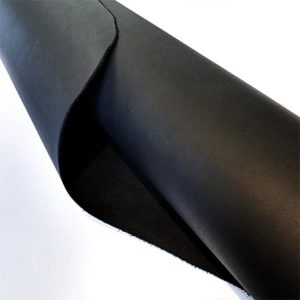
Top grain is still great leather! Its the same as full grain but with the top removed to give a more uniform appearance. Great for making bags in mass. You get less wastage from a hide because you dont have to cut around flaws as much. Still very strong and durable but not quite as good as full grain.
These two leather types are known as grain leathers and can be sorted into three categories (confusing I know but I told you that leather was complicated!)
Aniline, semi aniline and protected leather.
Aniline is the most natural form of leather. It is processed using soluble dyes to maintain the natural characteristics and beauty of the hide. The down side to this is it offers little protection from scratching, the sun and everyday wear. The price tag on a full grain aniline handbag will be substantially more than anything else. The beauty of that leather is going to be substantially more than anything else. The after care for that handbag is going to be substantially more than anything else. You get my point. The thing is, if you spend that kind of moolah on a handbag, your going to need to look after it like its one of your children.

Semi Aniline is a good middle of the road option, its got a small amount of coating on top to help with the maintenance of your handbag, still allows you to see some of the natural beauty of the hide but gives you a little bit of reassurance because its slightly protected. Slightly being key. You still need to look after it!
Protected Leather. As the name suggests these grain leathers have a protective layer sprayed over them. This gives you the strength and durability of a full grain or top grain leather with the added benefit of easier upkeep and maintenance. This type of leather is very popular in the handbag industry and with good reason. I use a full grain deer nappa in a lot of my designs. It is protected, offering you strength, durability and softness but also helps with the upkeep of your handbag.
So back to the other two classes of leather,
Split and Bonded.
Split leather as the name suggests is when the grain is split away from the corium where they meet. It goes by lots of different names and can get slightly confusing. Sometimes people refer to this leather as genuine leather but genuine leather can also be used to determine the difference between proper leather and man made faux leather so it can be a bit tricky to decipher the exact meaning
So lets call it split leather. It is usually split down, has a coating applied and then is heat embossed with a machine to give it a grain effect. This leather still looks good but it is no way near as strong as the grain leathers. Another use for the split is suede.

They brush the surface to give that characteristic slightly fluffy appearance. Again suede is not as strong as grain leather but sometimes can be confused with nubuck. Nubuck is a full grain leather that is brushed to give a suede appearance but offers the strength and durability of a grain leather. Ok ok, stop right there laura, that’s a whole new thread in itself!
The last class of leather is bonded leather
The lowest grade of leather. Consisting of lots of leather scrap all munched up together with fillers, polymers and then embossed to give it a grain appearance. Its very cheap but falls apart quickly. I’m sure we have all seen a couch or lounge suite made of bonded leather with lumps falling off and bits peeling everywhere. Need I say more?
So that is a really broad outline of the basics of leather types. When you are looking at buying a leather handbag or in fact anything made of leather don’t be afraid to ask questions. What kind of leather is it? what finish has been used? What are the care instructions like? If someone can’t answer those questions proceed with caution. In my opinion most leather products are great as long as they are priced and sold honestly and accordingly to what they are made of. No one wants to pay top dollar for a bonded leather handbag! So hopefully armed with this information you can go forth, find value for your money and get a handbag that is going to stand the test of time and be loved and cherished for years to come.
Laura x
